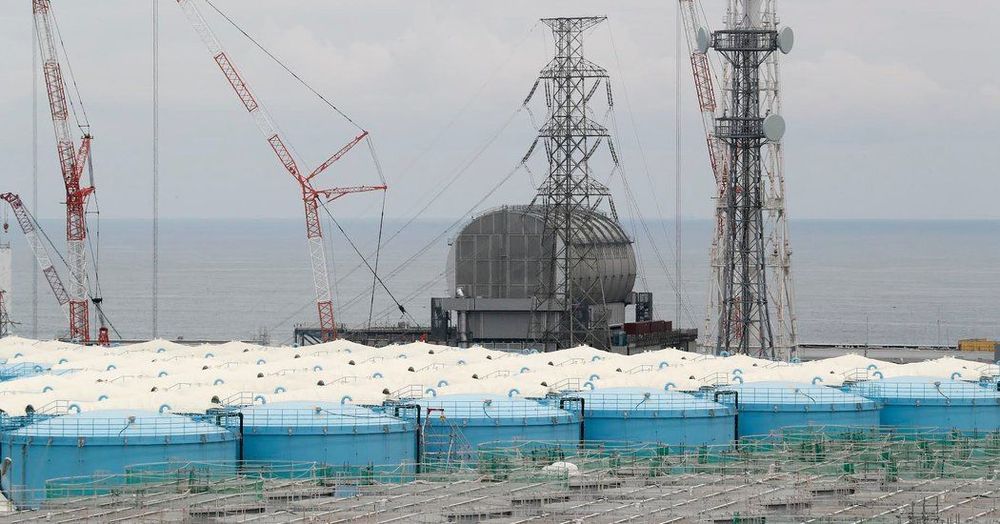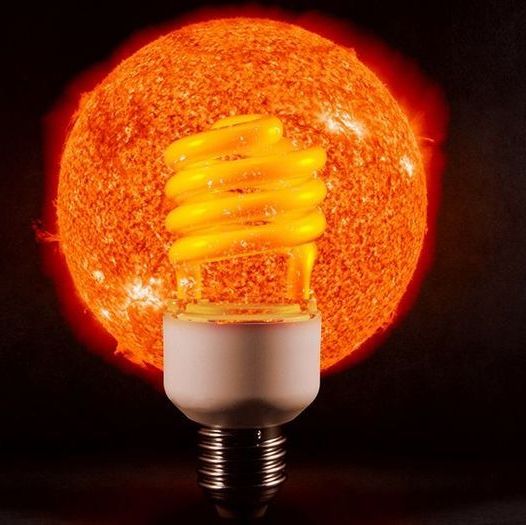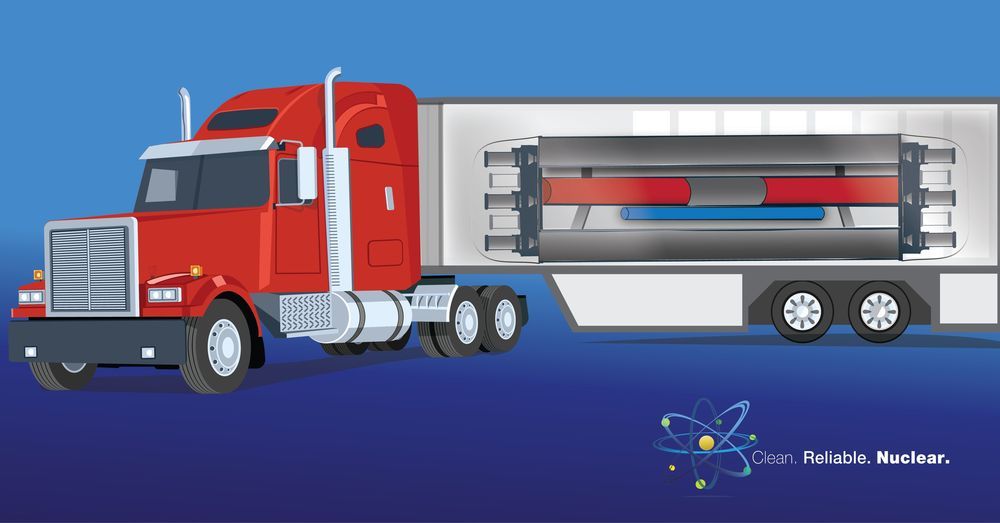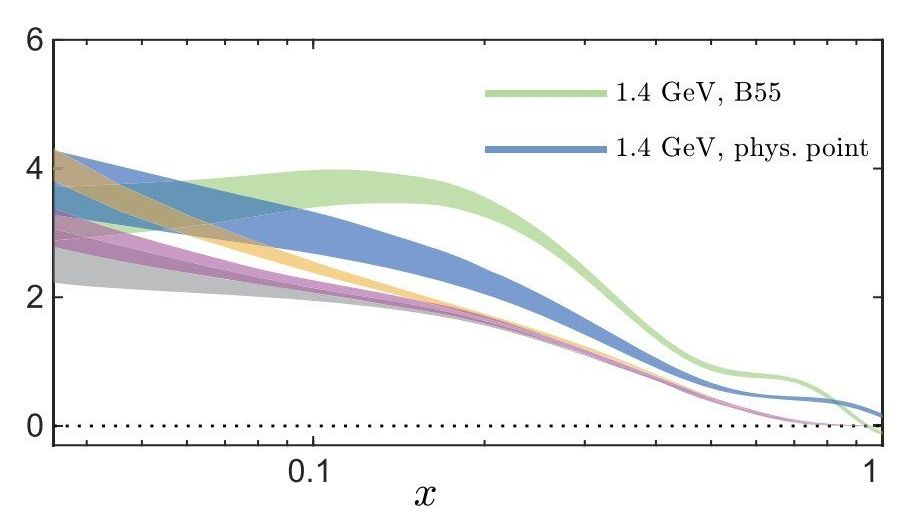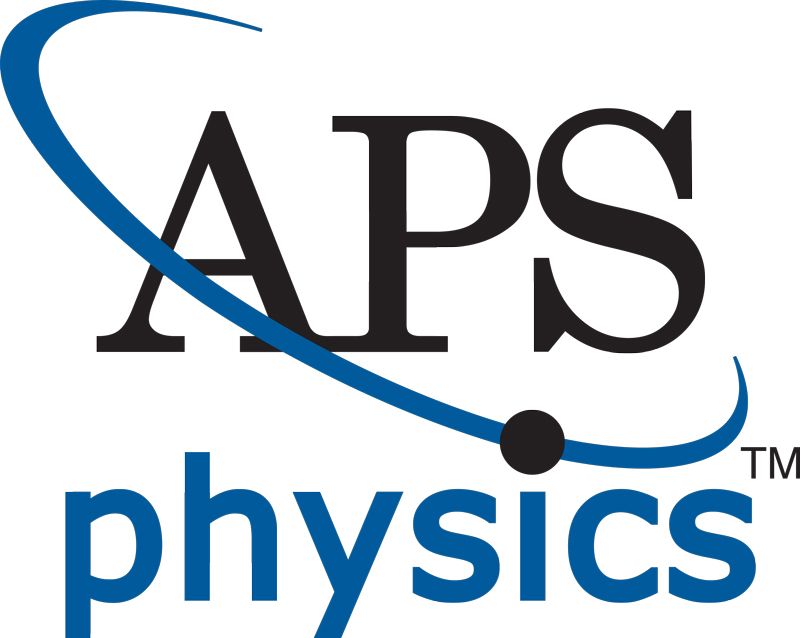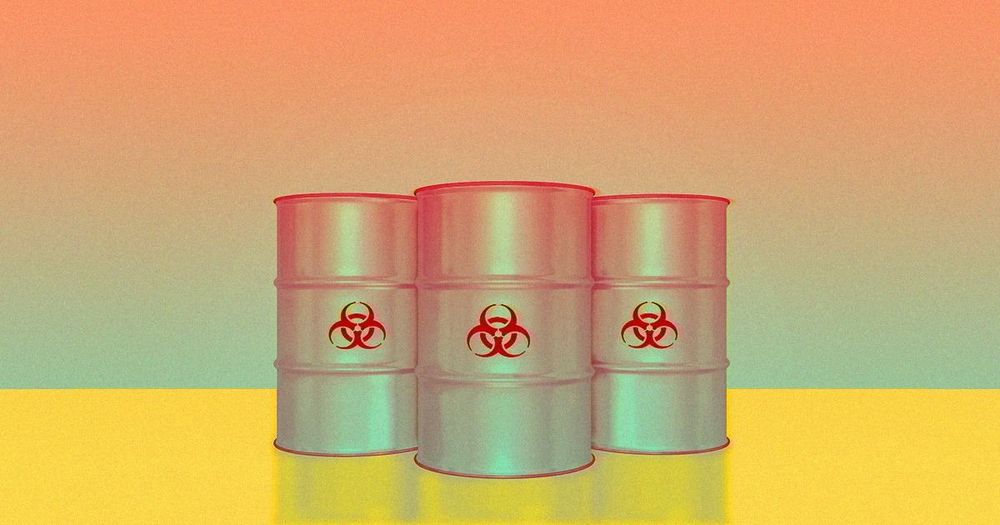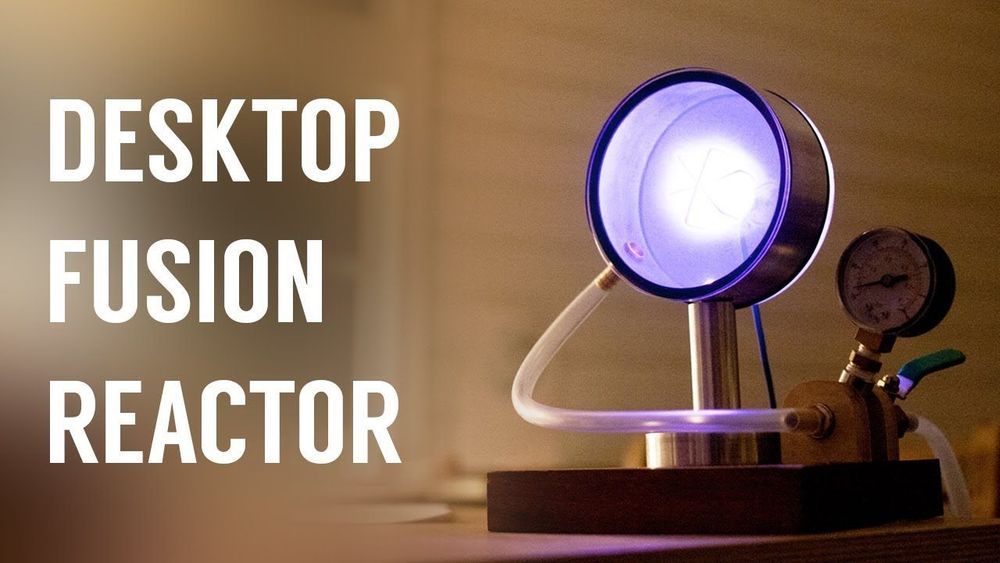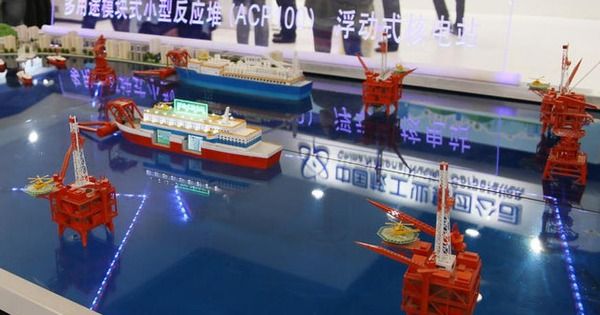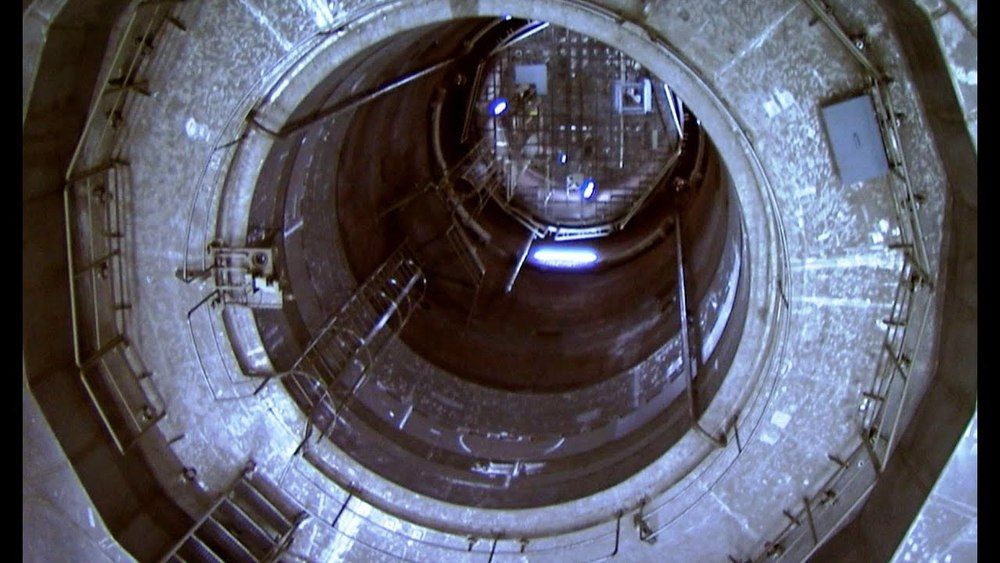The operator of Japan’s ruined Fukushima nuclear power plant began removing radioactive fuel rods on Monday at one of three reactors that melted down after an earthquake and a tsunami in 2011, a major milestone in the long-delayed cleanup effort.
Thousands of former residents have been barred from the area around the plant for years as crews carried out a large-scale radioactive waste cleanup in the aftermath of the worst nuclear disaster since Chernobyl. The process of removing the fuel rods from a storage pool had been delayed since 2014 amid technical mishaps and high radiation levels.
The plant operator, Tokyo Electric Power, said in a statement that workers on Monday morning began removing the first of 566 spent and unspent fuel rods stored in a pool at the plant’s third reactor. A radiation-hardened robot had first located the melted uranium fuel inside the reactor in 2017.
